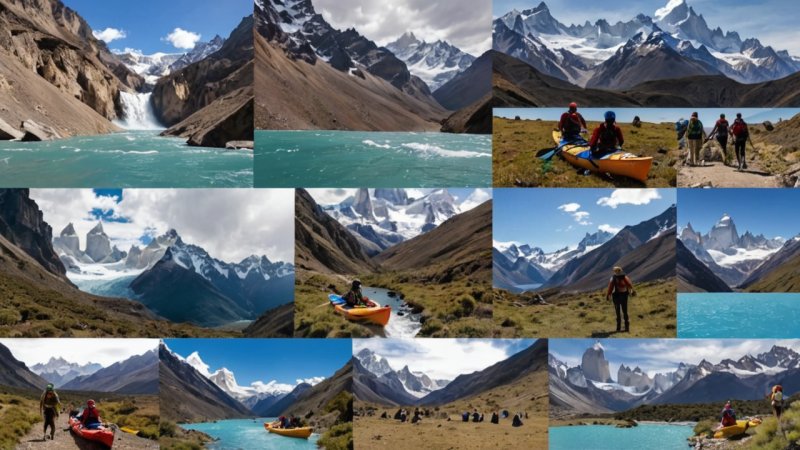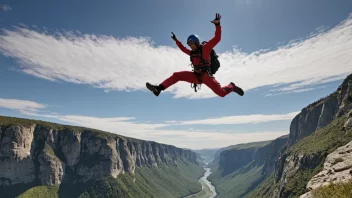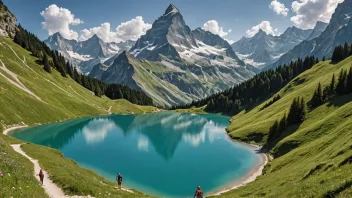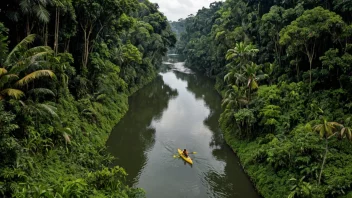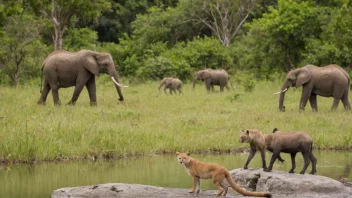What is adventure travel?
Adventure travel refers to trips that involve exploration or travel to remote areas, often incorporating physical activities and cultural immersion. It can include trekking, climbing, rafting, and other outdoor activities that challenge the traveler physically and mentally.
How did adventure travel begin?
Adventure travel has roots that trace back to the early explorers and naturalists of the 19th century. Figures such as John Muir and Theodore Roosevelt embarked on journeys that combined travel with a passion for nature and discovery. These early explorations laid the groundwork for the adventure travel movement, encouraging a spirit of exploration.
What are some milestones in the history of adventure travel?
- 19th Century: The age of exploration with figures like David Livingstone and Ernest Shackleton.
- 1960s: The rise of commercial trekking operations, making remote travel more accessible.
- 1970s: The founding of organizations such as the Adventure Travel Trade Association (ATTA).
- 21st Century: The explosion of social media, which has transformed how people discover and share adventure travel experiences.
What are the key elements of adventure travel?
Adventure travel typically includes several key elements:
- Physical Activity: Engaging in activities like hiking, climbing, kayaking, or cycling.
- Cultural Exchange: Interacting with local communities and learning about their traditions and lifestyles.
- Nature Immersion: Experiencing and appreciating natural landscapes and ecosystems.
- Risk and Challenge: Taking on activities that may involve some level of risk or challenge.
Why is adventure travel popular today?
Adventure travel has gained immense popularity due to several factors:
- Desire for Authenticity: Travelers seek genuine experiences that connect them with local cultures.
- Health and Wellness: Many people view adventure travel as a way to enhance their physical and mental well-being.
- Social Media Influence: Stunning visuals and stories shared on platforms encourage more people to explore the outdoors.
- Sustainable Tourism: Increasing awareness of environmental issues has led many to choose adventures that promote sustainability.
What are some popular adventure travel destinations?
Some top destinations for adventure travel include:
- Patagonia, Argentina/Chile: Known for its breathtaking landscapes and outdoor activities like trekking and kayaking.
- The Himalayas, Nepal: Home to iconic trekking routes such as the Annapurna and Everest Base Camp treks.
- New Zealand: Famous for its diverse landscapes and adventure sports, including bungee jumping and skiing.
- Safari in Africa: Offers unique experiences like wildlife spotting in Kenya or Tanzania.
What should travelers consider when planning an adventure trip?
When planning an adventure trip, it's important to consider the following:
- Physical Fitness: Assess your fitness level and choose activities that match your abilities.
- Safety: Research safety guidelines for the activities you plan to undertake.
- Local Regulations: Be aware of any permits or regulations needed for specific activities.
- Travel Insurance: Ensure you have comprehensive travel insurance that covers adventure activities.
How can travelers minimize their environmental impact while adventuring?
Travelers can minimize their environmental impact by:
- Choosing Eco-Friendly Tours: Opt for operators who prioritize sustainability and responsible tourism.
- Practicing Leave No Trace Principles: Respect nature by leaving the environment as you found it.
- Supporting Local Economies: Engage with local businesses and communities to foster sustainable development.
Adventure travel is more than just a trend; it's a way to explore the world while connecting with nature and cultures in meaningful ways. As travelers embark on their journeys, understanding the history and evolution of adventure travel can enhance their experiences and encourage a responsible approach to exploring our planet.
